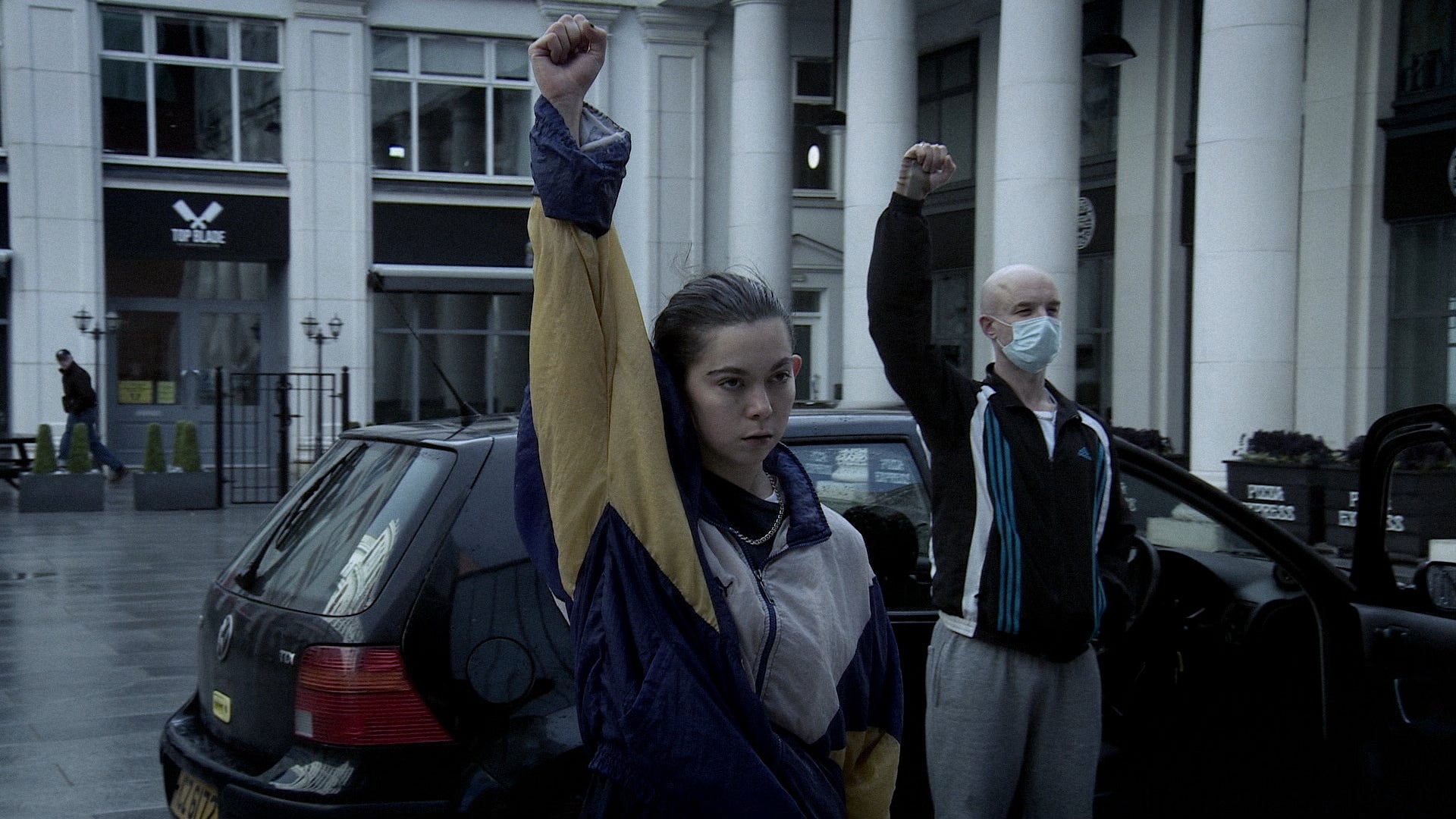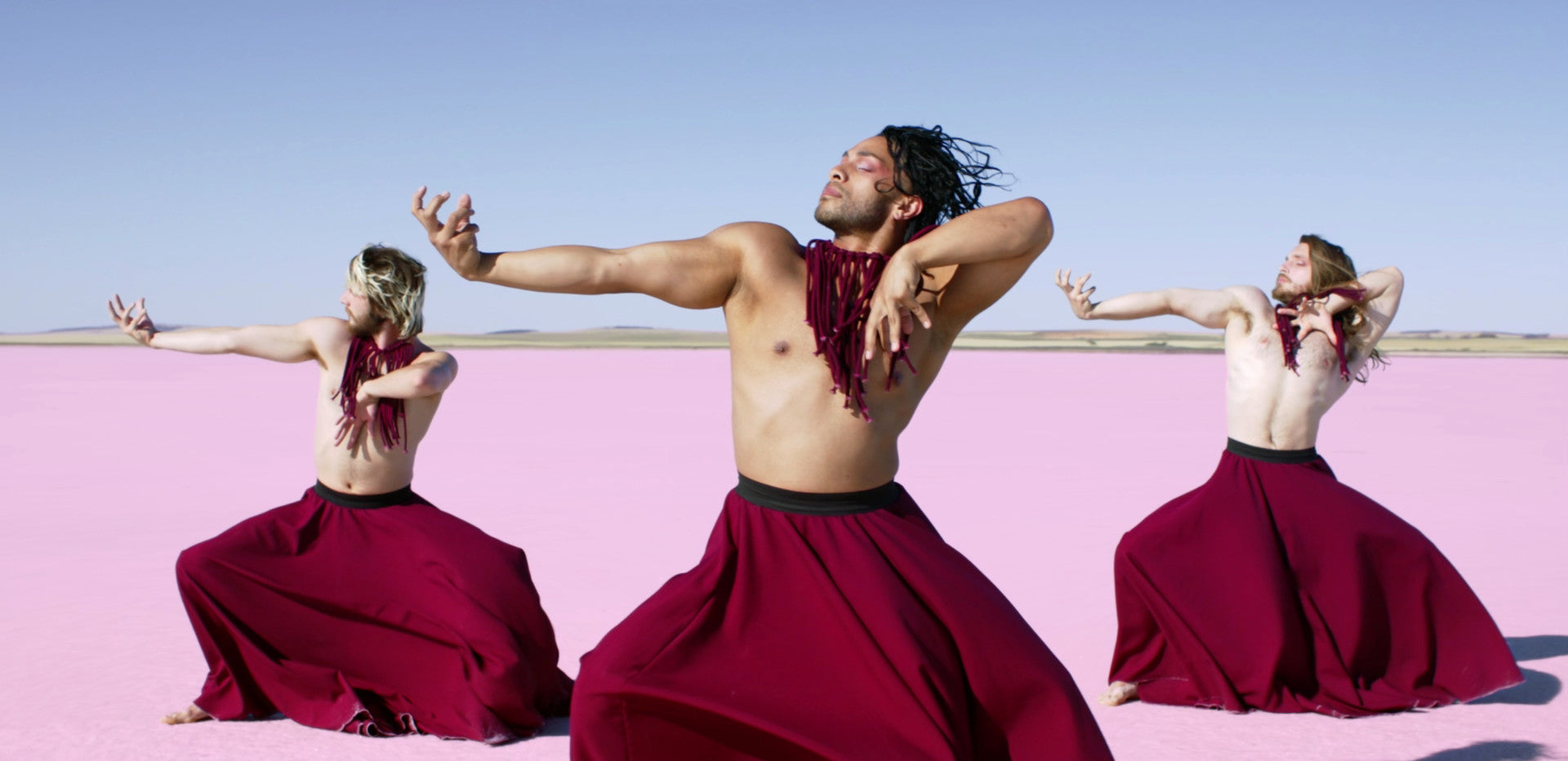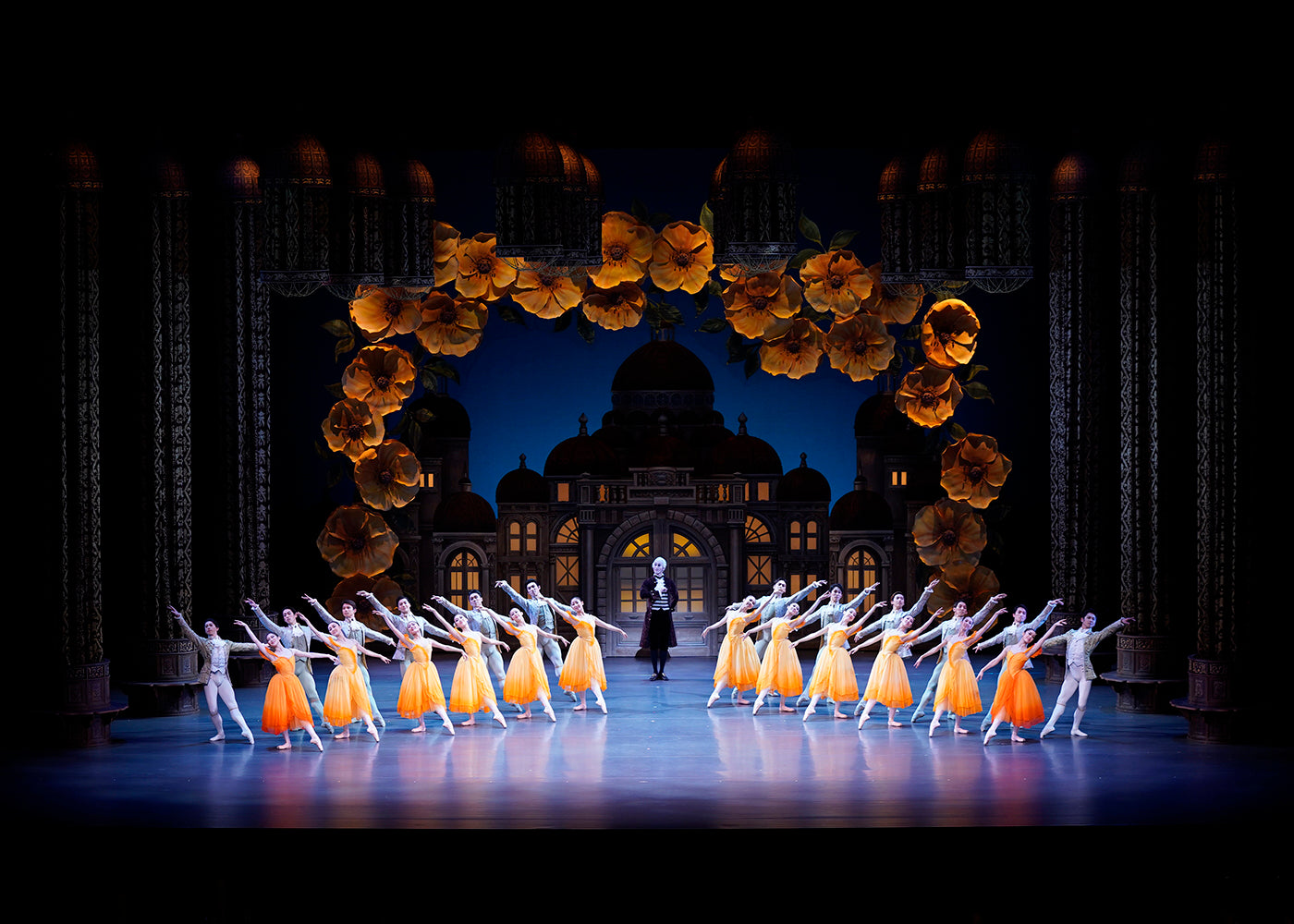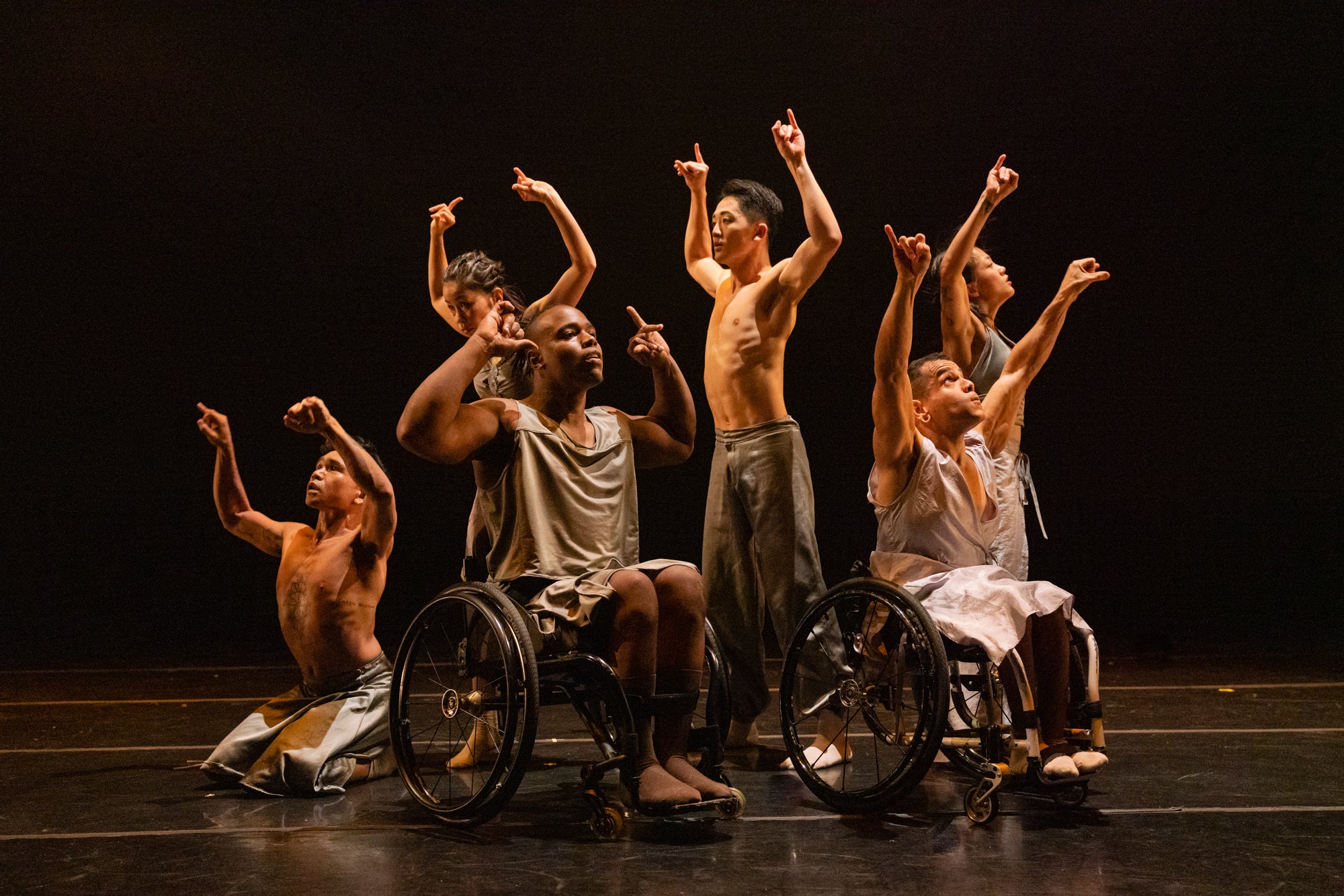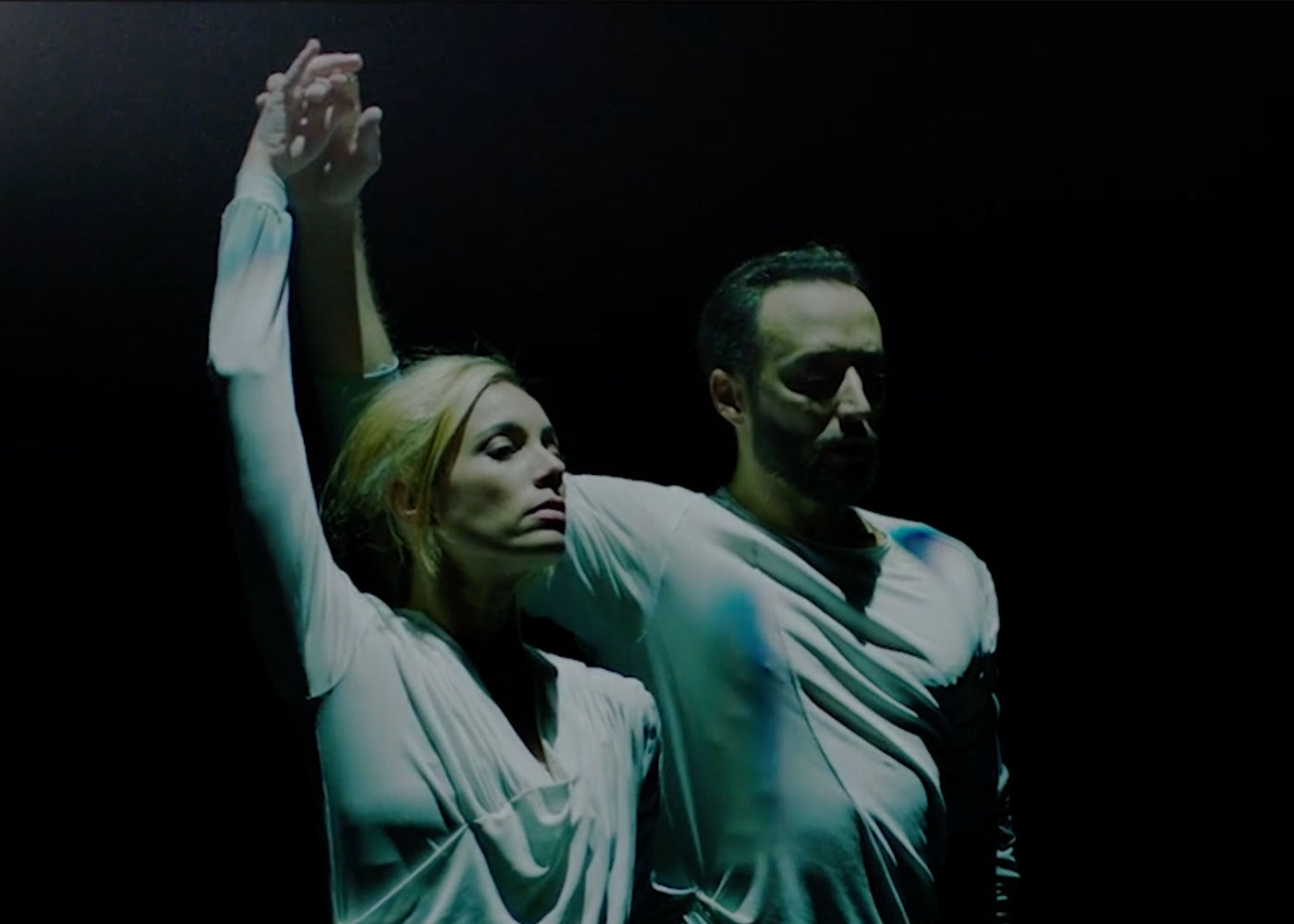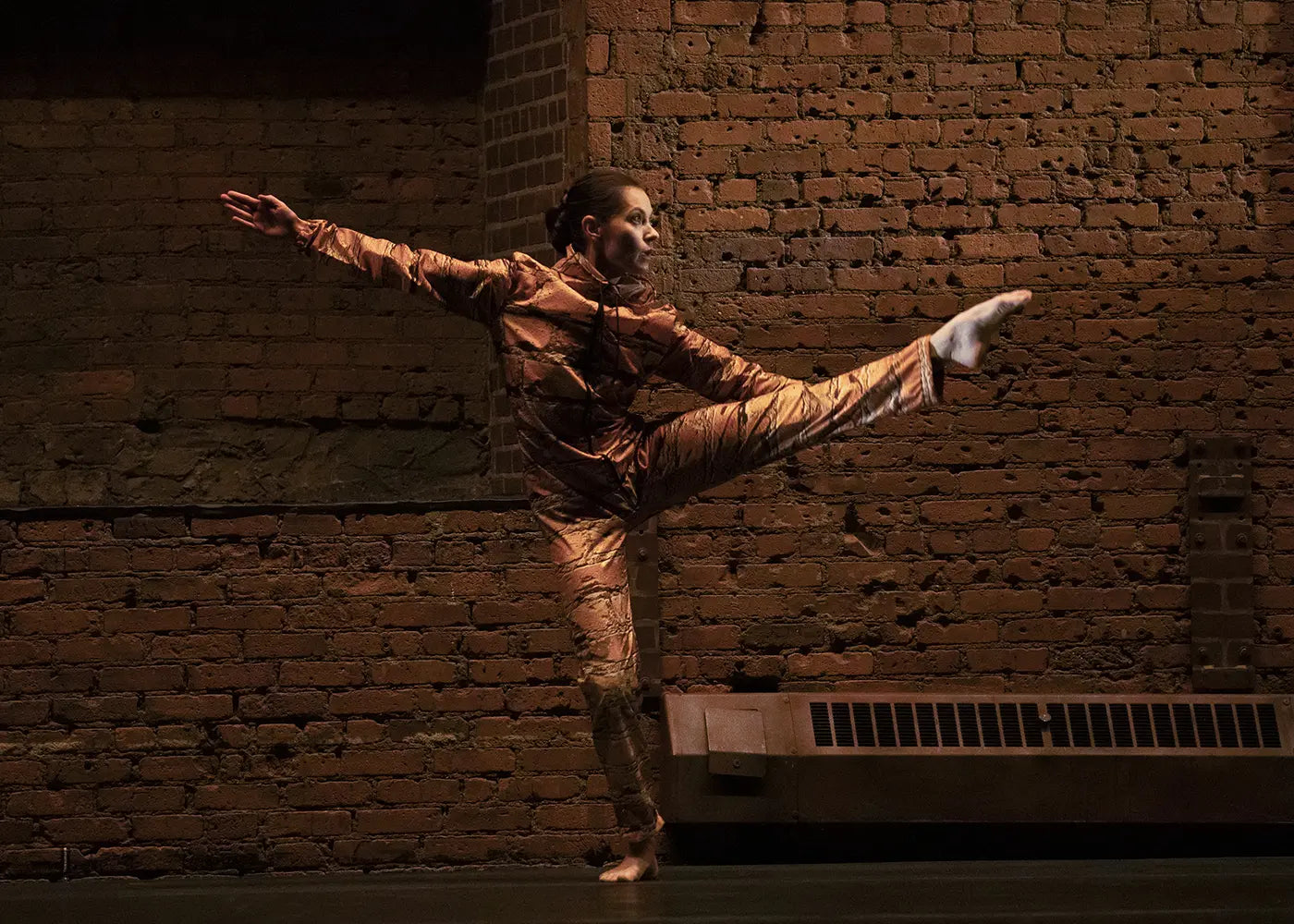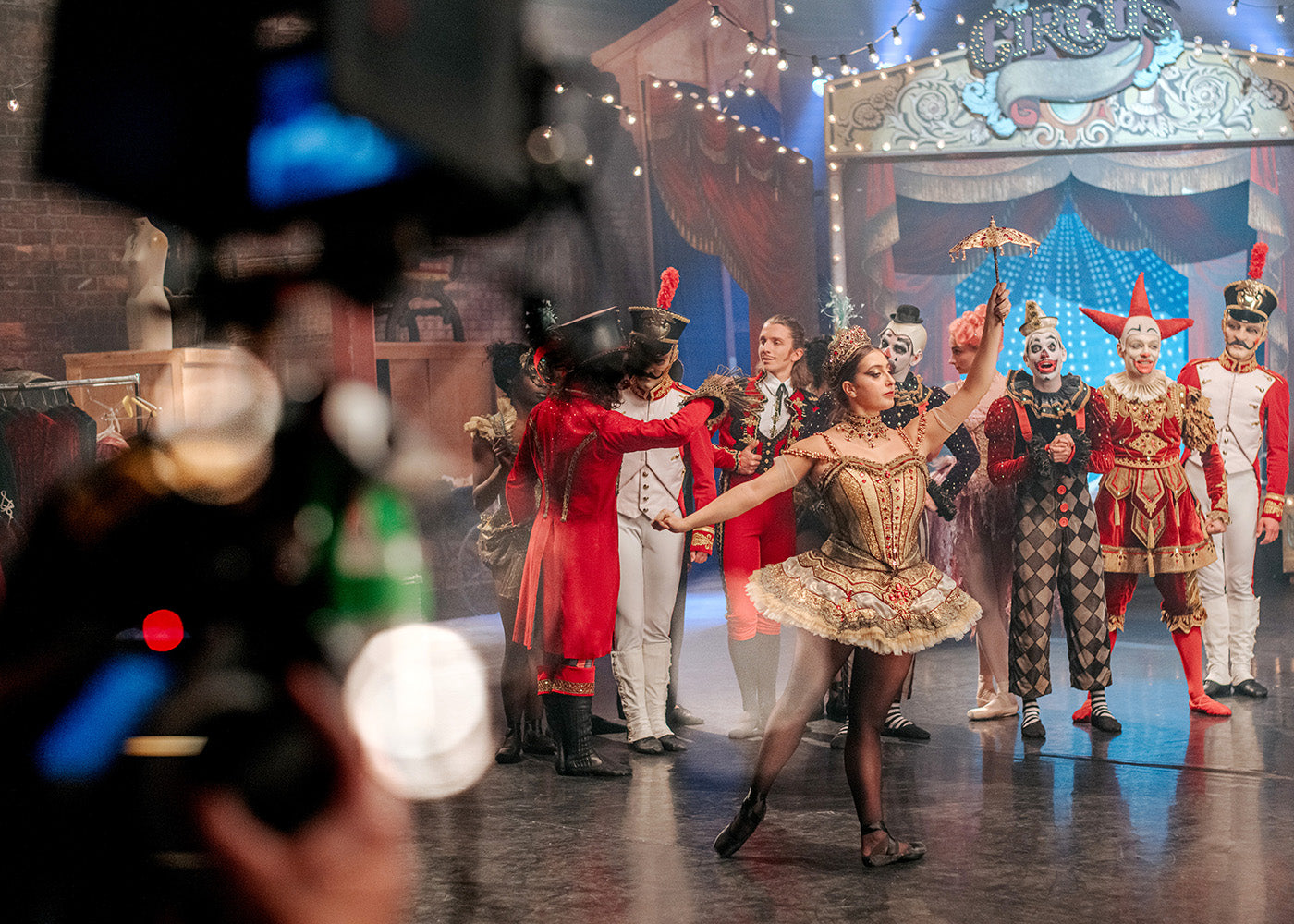Winter Festival
The American Ballet Theatre Studio Company aired performances of new works and excerpted classics over two nights this week, for free on YouTube. Actually, the shows were billed as two halves of one Winter Festival performance, separated by a 23-hour intermission. I appreciated the digestibility of this scenario, for watching ballet online is not the same as watching it in person—it is much harder to focus on a computer screen than a massive stage.
Continua a leggere


